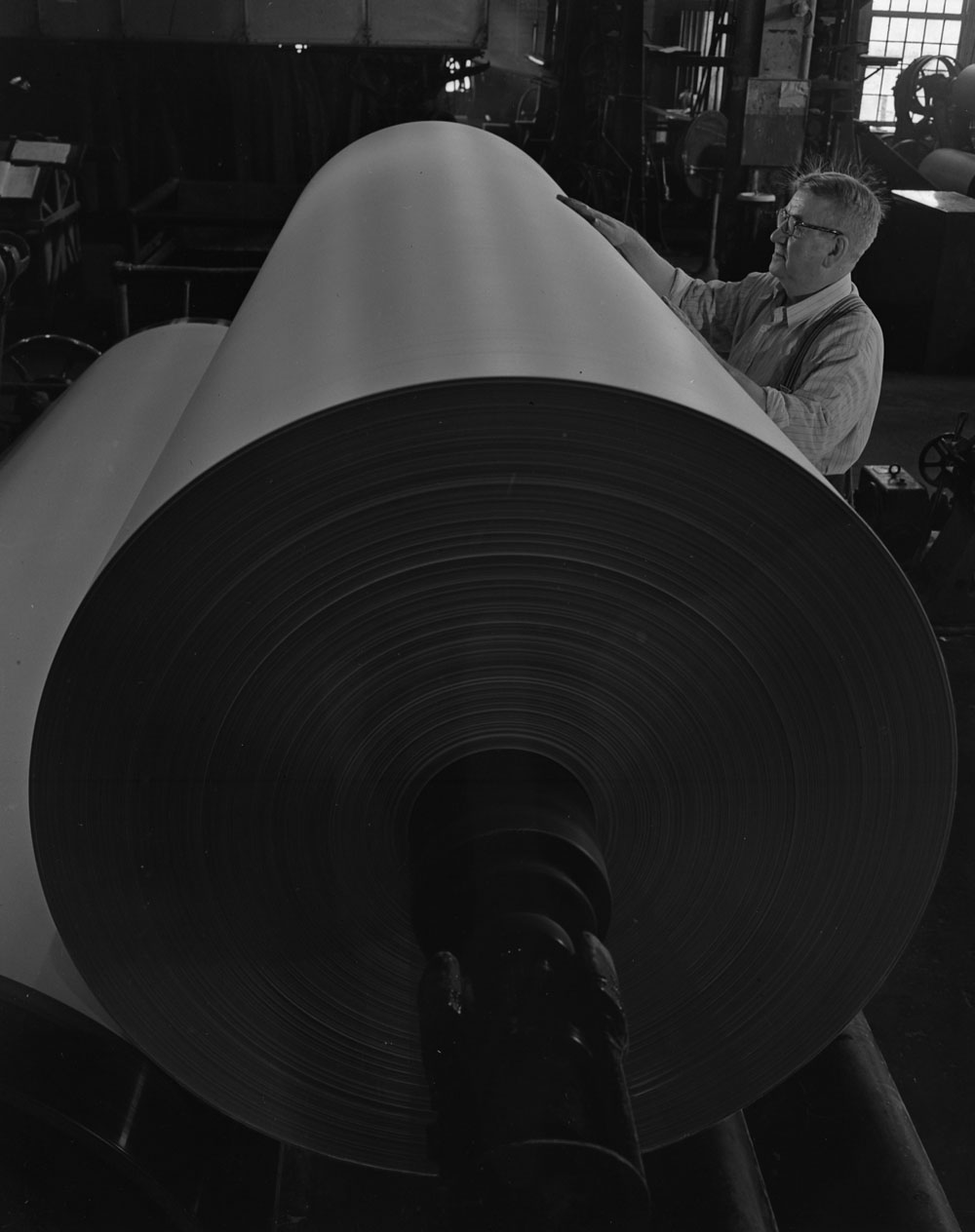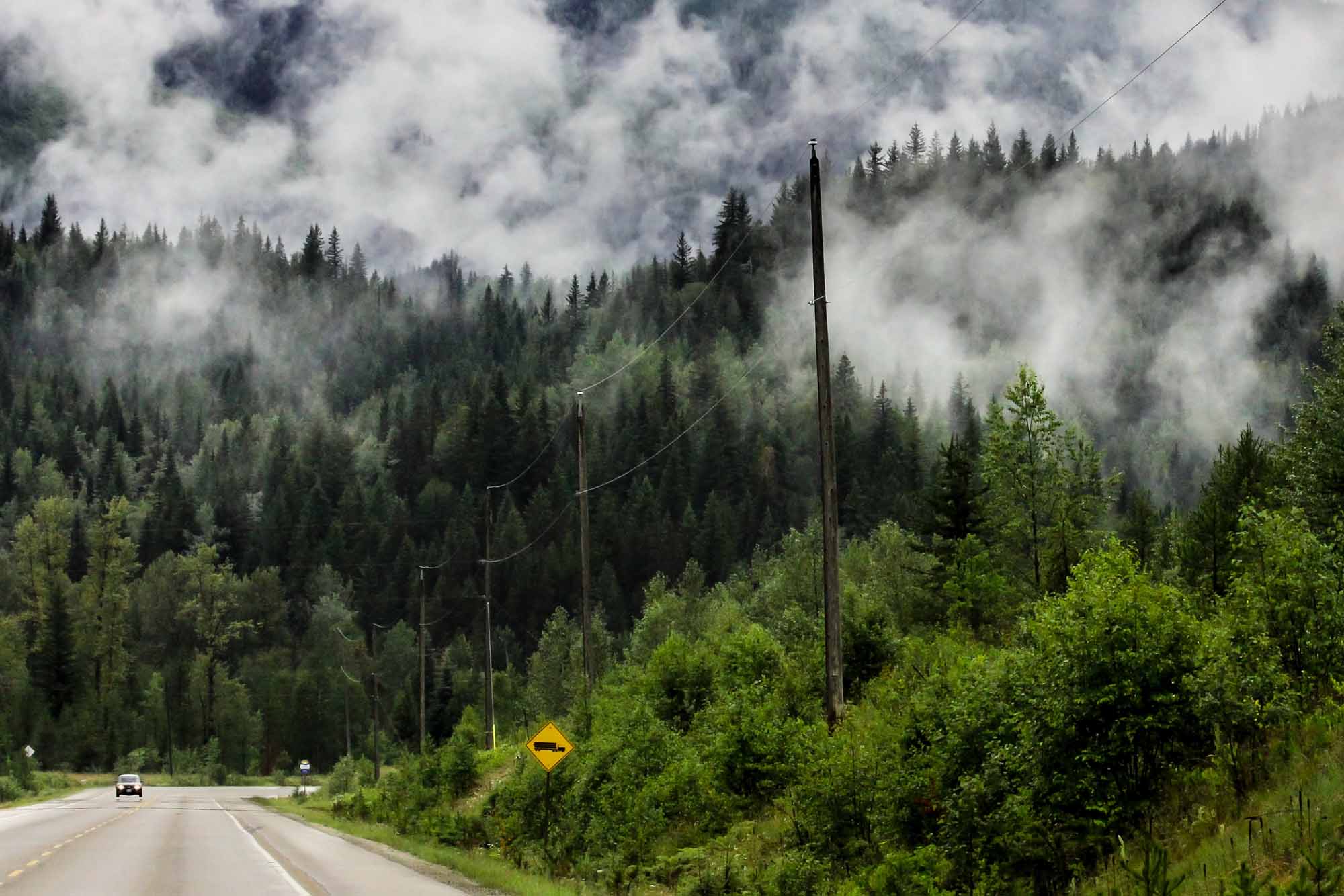Squamish, British Columbia, incorporated as a district municipality in 1964, population 23,819 (2021 census), 19,497 (2016 census). The district of Squamish is located 70 km north of Vancouver at the head of Howe Sound. The municipality is governed by a mayor and six councillors. It is the service centre for a richly endowed recreational area, with road, rail and water access to Vancouver.
History
The area has been inhabited by the Squamish, a group of Central Coast Salish, since before recorded history. Squamish means “mother of the wind,” in recognition of the strong winds prevalent in Howe Sound. The first Europeans settled in the Squamish Valley around 1888. Though their settlement was known for a while as Newport, the older name was eventually restored. In the early years, hop farming was the valley’s main industry and Squamish hops were some of the finest shipped to England.
Economy
Historically, the primary industries in the area were logging, milling and pulp production. Today, tourism is playing an increasingly important role. Squamish is serviced by a year-round, deep-sea port and is close to rail and road transport.
Cultural Life
Squamish is home to Quest University Canada, a private university, opened in 2007. Some of British Columbia's best skiing is available at the nearby resort of Whistler. There are eight provincial parks nearby including Garibaldi Provincial Park; Stawamus Chief, a 700-metre high granite monolith, which attracts rock climbers; and Brackendale Eagles, protecting one of the most important wintering grounds for bald eagles. Squamish holds a loggers’ sports show, which attracts world class competitors. Wind-surfing is popular in Howe Sound. The West Coast Railway Heritage Park has one of the largest collections of railway rolling stock and artifacts in Canada.

 Share on Facebook
Share on Facebook Share on X
Share on X Share by Email
Share by Email Share on Google Classroom
Share on Google Classroom



